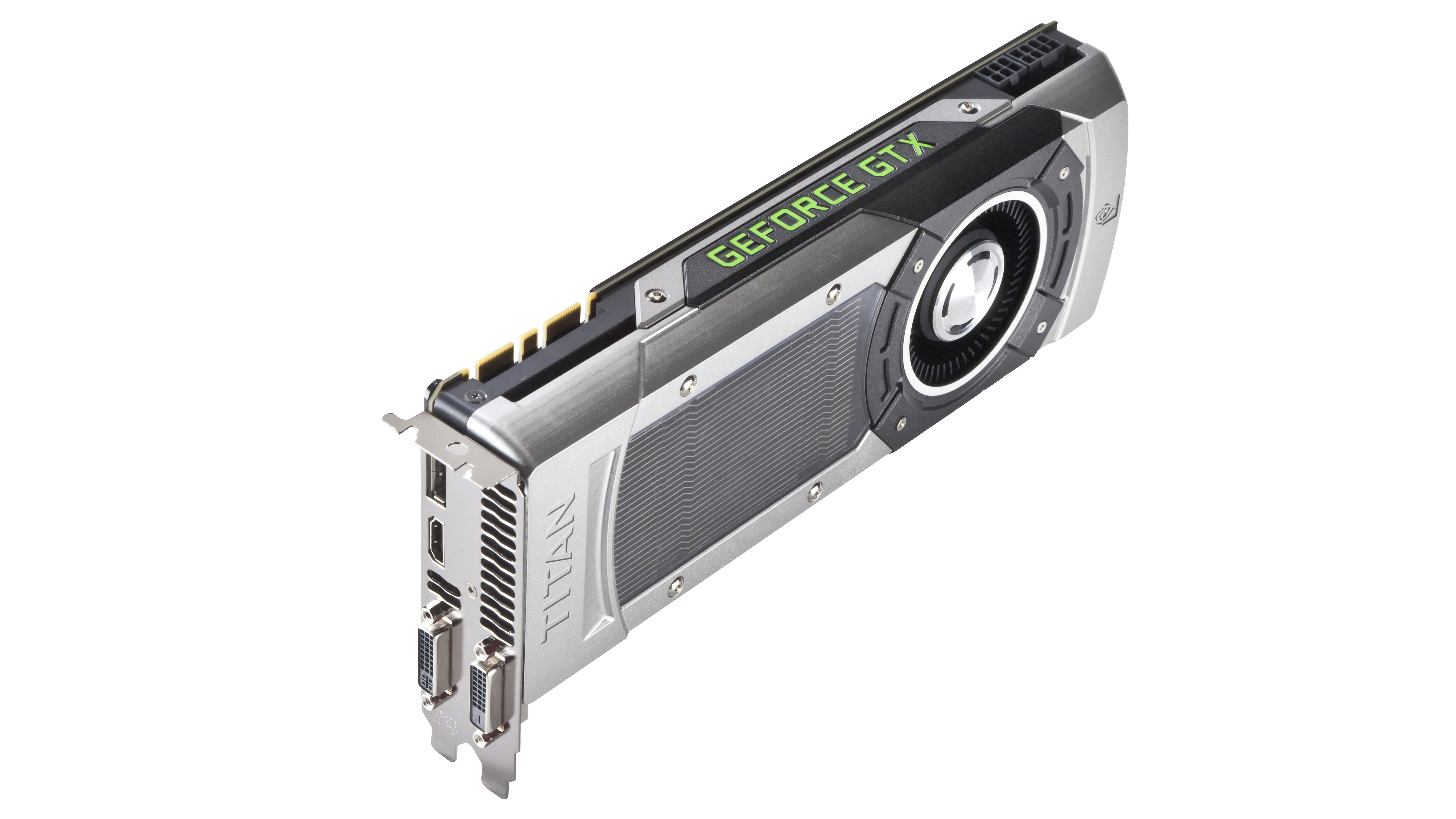Why Nvidia's GeForce Titan is the end of enthusiast PC graphics

Nvidia has rolled out its outrageous new GeForce Titan graphics card. And I don't know whether to laugh or cry.
On the one hand it's the PC graphics card I've been begging for ever since Nvidia first revealed its mighty GK110 chip way back in may 2012.
On the other, it's so expensive, it's hard to view it as a serious product for consumers.
The end of graphics as we know it
But most importantly of all, it confirms what was already looking highly probable. The PC graphics refresh cycle as we know it is over.
As you'll know from coverage elsewhere on TechRadar, Titan takes the GK110 chip and its seven billion transistors and sticks it into a consumer graphics board.
That transistor count makes it twice as complex as Nvidia's GeForce GTX 680, previously the fastest single GPU the company made.
But Titan isn't twice as fast at playing games because GK110 has always had a primary purpose of industrial number crunching. It's a chip designed for super computers.
Sign up for breaking news, reviews, opinion, top tech deals, and more.
So some of the extra 3.5 billion transistors in GK110 compared with a GTX 680 are spent on things that don't make games run better or 3D graphics render faster. The upshot is 2,688 shaders and thus significantly less than double the 1,536 shaders of a 680.
50 per cent faster
Titan is also a little lower clocked than a 680. All of which means an overall performance boost of around 50 per cent over the 680.
That still makes it comfortably the fastest single GPU you can buy and an incredible achievement. But the victory feels a little empty.
It'll cost you at least £800 in the UK and around $1,000 pre-tax Stateside. So it's just not a realistic option for most people.
It's also weird to note that this is a chip Nvidia has had knocking around for at least six months and is only now making its way into the PC.
That says a lot about both Nvidia's priorities and the state of the PC graphics cycle.
Indeed, the whole point about Titan is that it's not part of the normal cycle. It's a completely separate ultra-luxury item that isn't going to help move the game on a lower price points.
So, it gives the impression of Nvidia releasing a new high end graphics chip. But the reality is that Nvidia's real-world king remains the GTX 680. And there are no immediate plans to replace it, despite the fact that it's been on sale for a year.
No new graphics from AMD
Critically, Nvidia's only rival in the PC performance graphics market, AMD, recently confirmed that it too has no plans to refresh its high performance GPUs before the end of the year.
Put it all together and the arrival of Titan obscures the fact that the annual cadence of graphics refreshes appears to have come to and end.
It's hardly a huge surprise. If for no other reason than the simple laws of physics, it couldn't go on forever. The PC's role as a driver of technical innovation is on the wane, too, increasingly usurped by mobile devices like phones and tablets.
Technology and cars. Increasingly the twain shall meet. Which is handy, because Jeremy (Twitter) is addicted to both. Long-time tech journalist, former editor of iCar magazine and incumbent car guru for T3 magazine, Jeremy reckons in-car technology is about to go thermonuclear. No, not exploding cars. That would be silly. And dangerous. But rather an explosive period of unprecedented innovation. Enjoy the ride.